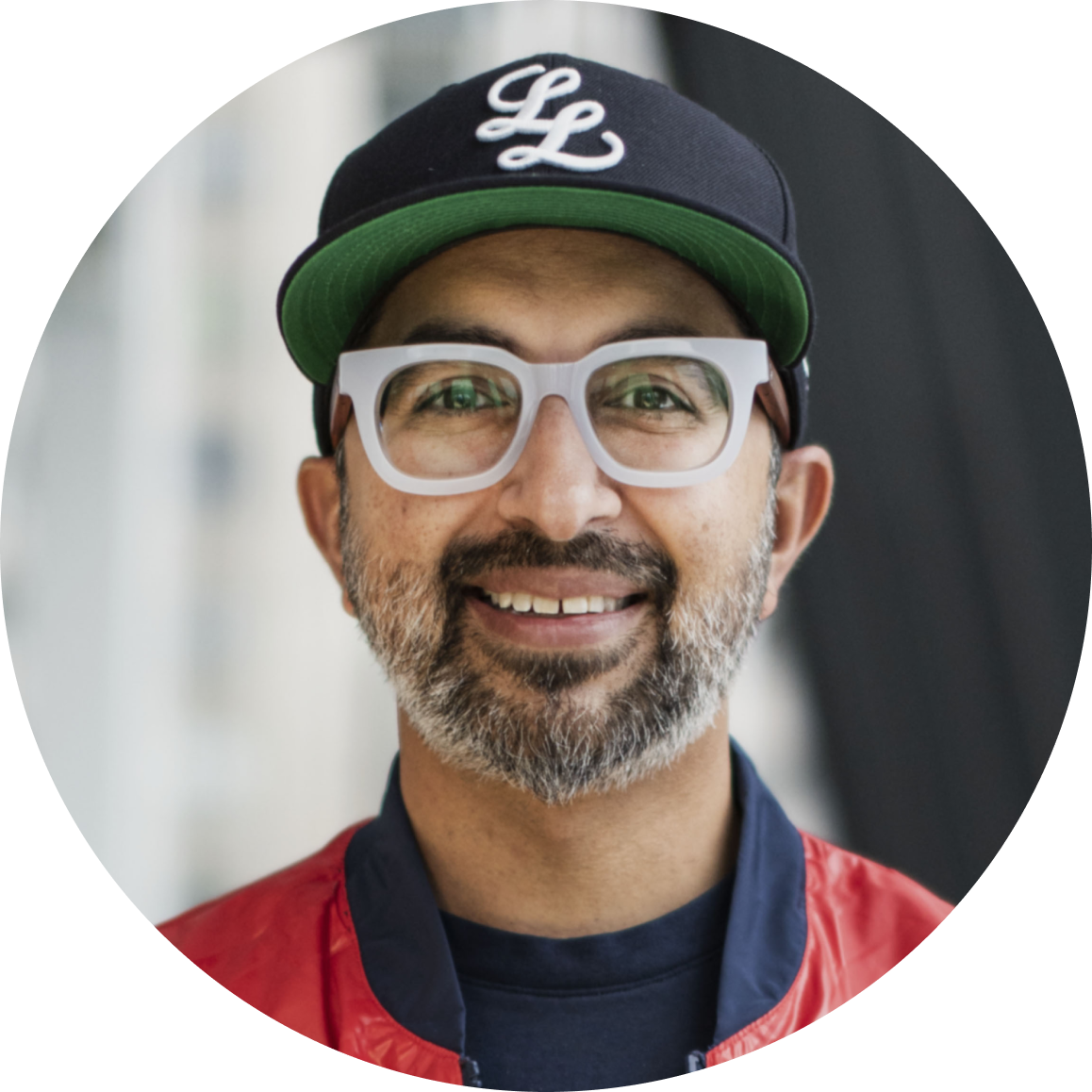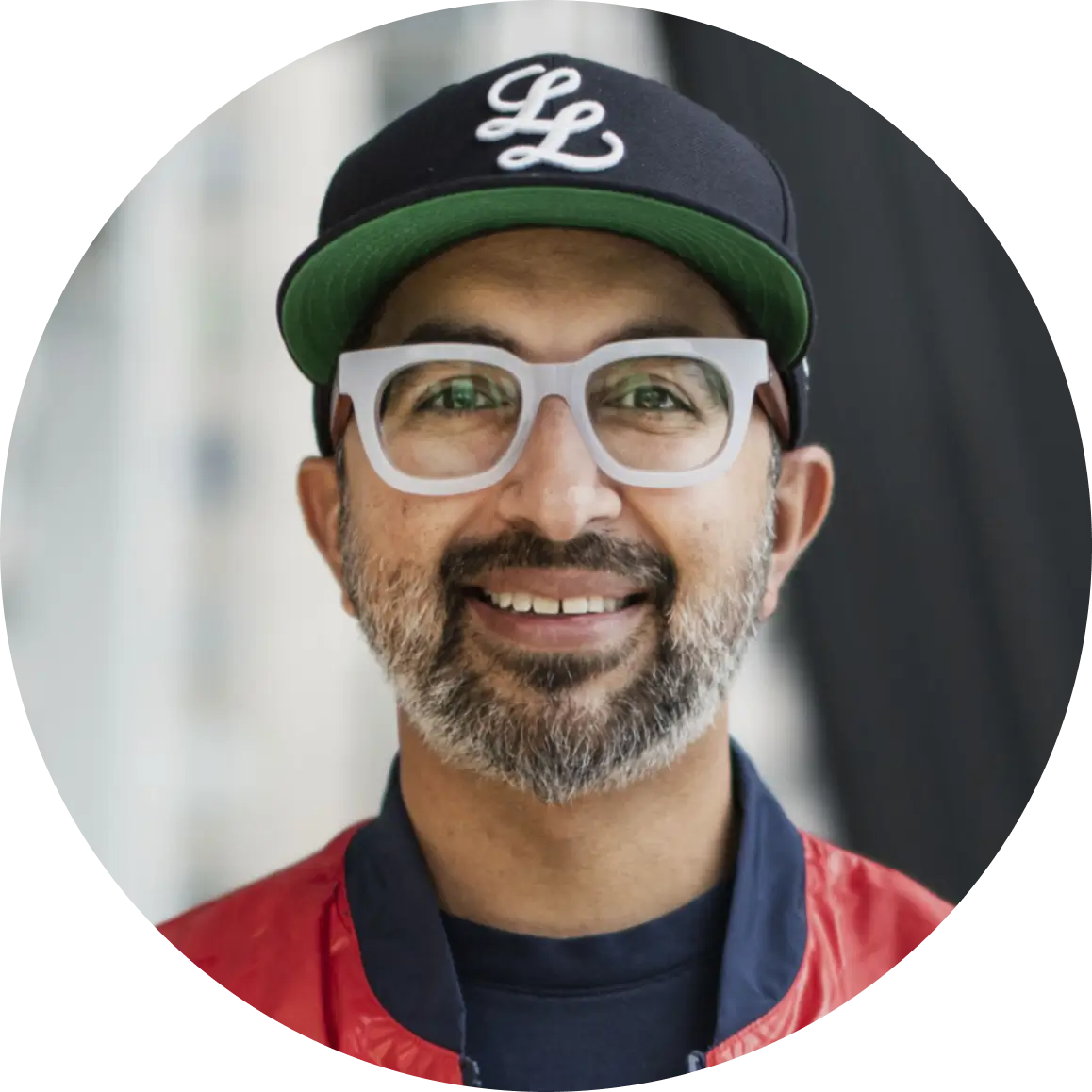Rethinking the Rules and Reshaping the Future
A disruptive marketing campaign is more than just advertising — it’s a catalyst that challenges the status quo, ignites conversations, and provokes thought. It’s an opportunity to make your brand stand out and leave a lasting impression.
To create an authentic and impactful disruptive marketing campaign, it is crucial to recognize that the process is iterative and cannot be rushed. Authenticity goes beyond just messaging; it requires a genuine commitment and alignment with your business practices. You need to be willing to engage in meaningful conversations, challenge your own assumptions, and continuously improve.
The 2023 Meaningful Brands Study™ surveyed over 91,000 people and found that 72% of people are tired of brands pretending they want to help society when they just want to make money. Rushing to deliver a message without substantiating it with a solid foundation often leads to just this, performative marketing, where the campaign lacks depth and fails to resonate with your audience.
Instead, take the time to evaluate your brand’s values, mission, and practices, ensuring they are in harmony with the message you want to convey. A true disruptive marketing campaign becomes a reflection of your brand’s true commitment and business practices, setting you apart from performative marketing and establishing a lasting connection with your audience.
How to Create a Disruptive Campaign
Identify your Purpose: Define the purpose of your campaign and the specific change you want to bring about. Understand the values and mission that align with your brand and form the foundation of your disruptive campaign.
Challenge Assumptions: Question the prevailing norms and assumptions within your industry. Identify areas where there is room for improvement or where you can challenge the status quo. Look for opportunities to redefine the rules and break free from traditional marketing approaches.
Understand your Audience: Leverage a deep understanding of your target audience and their values, beliefs, and aspirations. Map their pain points and align them to your campaign’s purpose. Tailor your messaging and approach to effectively connect with your audience on a personal and emotional level.
Be Authentic: Authenticity is crucial in disruptive marketing campaigns. Ensure that your messaging, actions, and brand practices are in genuine alignment with your campaign’s message. Avoid performative marketing by substantiating your campaign with a solid foundation built on real commitment and business practices.
Engage in Meaningful Conversations: Encourage dialogue and invite your audience to actively participate in the campaign. Foster conversations around the issues you aim to address and be open to feedback and diverse perspectives. Actively listen to your audience and incorporate their input into your campaign to ensure relevance and inclusivity.
Leverage Storytelling: Craft a compelling narrative that captures the essence of your campaign. Use storytelling techniques to emotionally engage your audience, making them feel connected to the cause and inspired to take action. Tell stories of real people and experiences that resonate with your target audience.
Take a Bold Stance: Don’t shy away from controversial or bold positions that challenge the norm. Taking a stand on important social, environmental, or ethical issues can create a powerful impact. Be prepared for potential backlash but stay committed to your purpose and communicate your message with clarity and conviction.
Inspire Action: Encourage your audience to actively participate and contribute to the cause. Provide clear and actionable steps that individuals can take to support the change you seek. Create opportunities for involvement, whether through advocacy, education, or practical actions that align with your campaign’s purpose.
Measure what Matters: A truly impactful disruptive campaign balances both financial growth with the betterment of society. Beyond profitability and market share quantitatively evaluate your impact on society, particularly in relation to your campaign’s purpose.
Examples of Disruptive Campaigns
Let’s draw inspiration from some notable examples that have effectively challenged the status quo and left a lasting impact on their audiences.
Patagonia’s “Don’t Buy This Jacket” Campaign
💡 How they Rethought the Rules:
Patagonia challenged consumerism and the culture of overconsumption by launching the “Don’t Buy This Jacket” campaign. The campaign encouraged customers to think twice before making unnecessary purchases, highlighting the environmental impact of consumer choices. Patagonia questioned the prevailing notion that brands should always push for more sales, and instead, they urged consumers to prioritize conscious consumption and consider the long-term consequences of their actions.
🌱 How they Redefined the Future:
Through their “Don’t Buy This Jacket” campaign, Patagonia redefined the future of sustainable consumption. They emphasized the importance of responsible purchasing decisions and promoted a culture of mindful consumption. By encouraging customers to repair and reuse their products rather than buying new ones, Patagonia set an example for the industry, inspiring other companies to adopt more sustainable practices. The campaign raised awareness about the environmental impact of overconsumption and contributed to a broader movement towards conscious consumerism and sustainable business practices.
Nike’s “Believe in Something” Campaign
💡 How they Rethought the Rules:
Nike took a bold and controversial step by featuring Colin Kaepernick, a former NFL player known for kneeling during the national anthem to protest racial injustice, in their “Believe in Something” campaign. By aligning with Kaepernick and his protest against systemic racism and police brutality, Nike challenged the conventional notion that brands should avoid taking a political stand. They defied the rules by using their platform to amplify Kaepernick’s message and sparked a nationwide conversation about freedom of expression and social justice.
🌱 How they Redefined the Future:
Nike’s Colin Kaepernick Campaign set a new precedent for brands to engage in social and political issues openly. By standing up for social justice and supporting athletes’ right to protest, Nike redefined the future of corporate activism. The campaign resonated with a socially conscious audience and positioned Nike as a brand that not only sells products but also takes a stand on important societal issues. Nike inspired other companies to reconsider their role in promoting social change and empowered athletes to use their platforms to drive meaningful conversations.
Dove’s Real Beauty Campaign
💡 How they Rethought the Rules:
Dove recognized the damaging impact of narrow beauty standards perpetuated by the beauty industry. They challenged the status quo by featuring real women of diverse shapes, sizes, and backgrounds in their advertisements. By showcasing women who didn’t fit the traditional beauty mold, Dove aimed to redefine beauty and promote a more inclusive and positive self-image for all women. They sparked conversations about self-esteem and body image, encouraging society to embrace a broader definition of beauty.
🌱 How they Redefined the Future:
Dove’s Real Beauty Campaign revolutionized the beauty industry by promoting a more authentic and inclusive representation of women. They paved the way for other brands to embrace diversity and challenge the conventional beauty standards. By redefining the future of beauty, Dove inspired a movement that empowered individuals to embrace their uniqueness and feel confident in their own skin. The campaign continues to have a lasting impact on society, encouraging conversations about self-acceptance and promoting a more positive and inclusive beauty culture.
Oatly’s “It’s Like Milk but Made for Humans” Campaign
💡 How they Rethought the Rules:
Oatly, a Swedish oat milk company, embarked on a groundbreaking marketing campaign with the message “It’s Like Milk but Made for Humans.” With a disruptive and thought-provoking approach, Oatly challenged the traditional dairy industry’s dominance and emphasized the environmental and health benefits of plant-based milk. The campaign featured bold and witty advertisements that questioned the authenticity of dairy products and positioned oat milk as a sustainable, nutritious, and ethical alternative.
🌱 How they Redefined the Future:
Oatly’s campaign not only disrupted the traditional dairy industry but also inspired a wave of change in the food and beverage sector. By promoting the benefits of oat milk and questioning the status quo, Oatly demonstrated the potential for plant-based products to create a more sustainable and humane future. The campaign encouraged consumers to consider the environmental impact of their food choices and opened up possibilities for other companies to innovate and provide sustainable alternatives. Oatly’s bold and thought-provoking campaign left a lasting impact on the industry and paved the way for a more conscious and compassionate approach to food production and consumption.
Airbnb’s “We Accept” Campaign
💡 How they Rethought the Rules:
In response to discriminatory housing practices, Airbnb launched the “We Accept” campaign. Recognizing the importance of inclusivity and equality, Airbnb aimed to combat discrimination and promote acceptance in the sharing economy. The campaign highlighted stories of diverse hosts and guests from various backgrounds, emphasizing the core value of Airbnb as a platform where people from all walks of life are welcomed and embraced.
🌱 How they Redefined the Future:
Airbnb’s “We Accept” campaign played a pivotal role in redefining the future of inclusive travel and accommodation. By openly addressing discrimination and promoting diversity, Airbnb encouraged hosts and guests to embrace different cultures, backgrounds, and experiences. The campaign sparked conversations about the importance of inclusivity in the travel industry and beyond, inspiring other companies to evaluate their practices and foster a more welcoming environment. Airbnb’s commitment to acceptance and inclusivity set a precedent for the industry, contributing to a broader movement towards a more tolerant and understanding society.
Reshaping the Future
These examples demonstrate that disruptive marketing campaigns go beyond advertising—they have the potential to shape the future. They encourage individuals to question the norms, embrace diversity, make conscious choices, and drive positive change in society.
As brands continue to reimagine their marketing strategies, they have the opportunity to challenge conventions, inspire conversations, and leave a lasting legacy. By embracing disruption and authenticity, brands can not only differentiate but also contribute to a more inclusive, sustainable, and socially conscious future.



